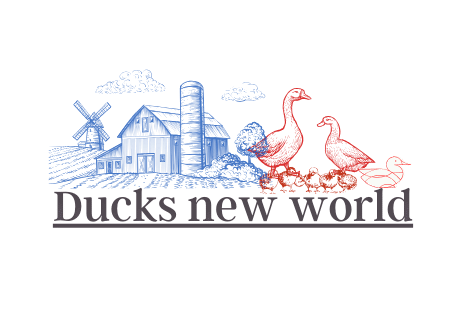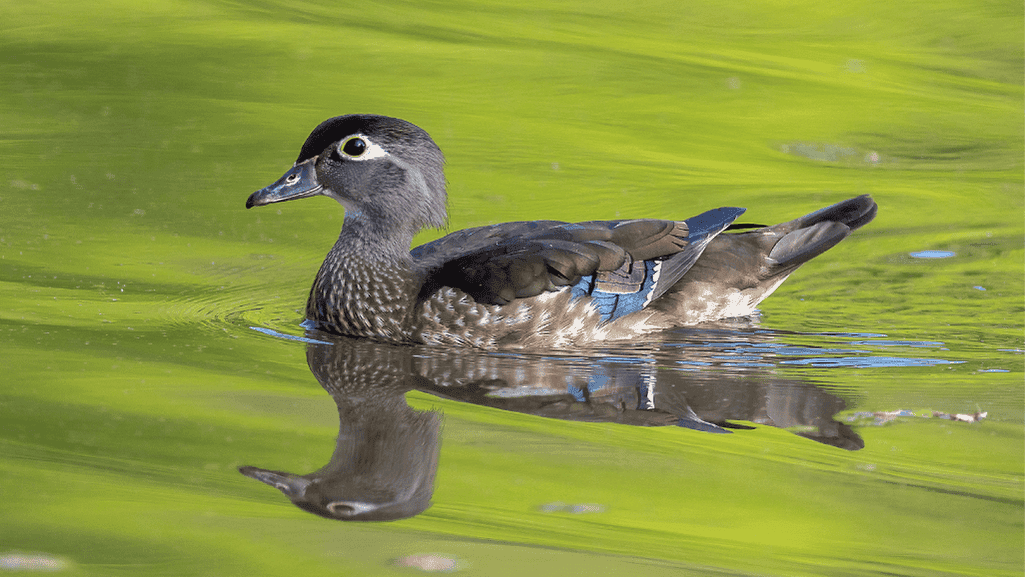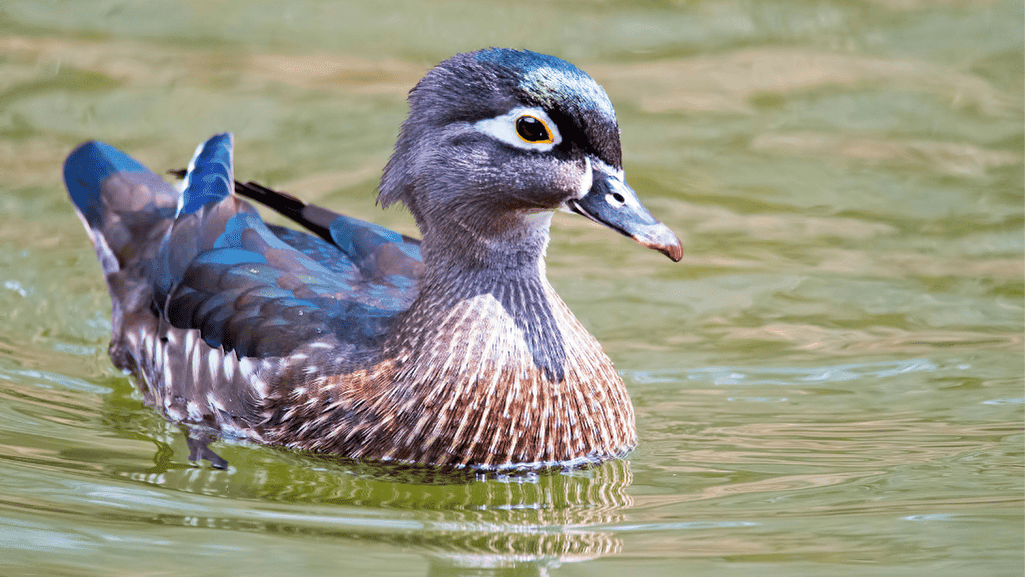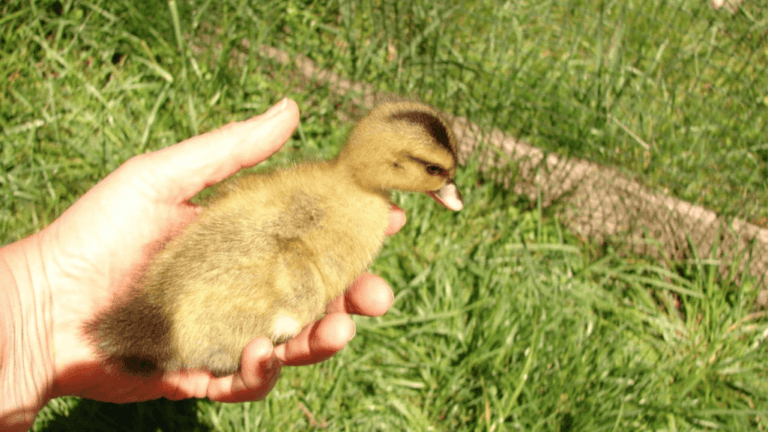The Female Wood Duck is a stunning bird found in North America’s wetlands. It’s known for its beauty and ability to adapt. Female Wood Ducks have warm brown feathers with white marks around their eyes. This makes them stand out from males.
These ducks live in wooded swamps, marshes, and small lakes across North America. They love places with lots of plants. This shows how well they can live in both water and trees. As part of the waterfowl family, they help keep their wetland homes healthy.
People find the Female Wood Duck fascinating because of its looks and behavior. They can sit and nest in trees, which is rare for ducks. This skill has made them important in duck conservation and wetland preservation.
Key Takeaways
- Female Wood Ducks are known for their warm brown plumage and white eye markings
- They are native to North America and thrive in wooded wetland habitats
- Wood Ducks can perch and nest in trees, a unique trait among waterfowl
- Conservation efforts have helped stabilize Wood Duck populations
- Female Wood Ducks play a vital role in maintaining wetland ecosystems
Introduction to the Wood Duck Species
The Wood Duck, known scientifically as Aix sponsa, is a beautiful bird from North America. They live in woodland habitats, making them unique among waterfowl.
Scientific Classification and Taxonomy
Wood Ducks are part of the Anatidae family, which includes ducks, geese, and swans. Their name, Aix sponsa, means “betrothed” or “bride” in Latin. This reflects their stunning looks.
Distribution and Habitat Preferences
These vibrant birds live in various aquatic places across North America. They love woodland areas near water like wooded swamps, marshes, and streams. Having lots of trees is key for their nests.
Unique Characteristics of Wood Ducks
Wood Ducks stand out with their special traits. They can nest and perch in trees, thanks to their strong claws. These claws help them grip the bark and move through the branches easily.
| Characteristic | Description |
|---|---|
| Nesting Habit | Tree cavities or nest boxes |
| Claw Adaptation | Strong claws for gripping bark |
| Breeding Pattern | Can produce two broods in one year |
| Longevity Record | 22 years, 6 months (oldest recorded) |
Wood Ducks are unique in North America for having two broods a year. Thanks to conservation, they’ve bounced back from near-extinction. Now, these beautiful birds are spreading out, moving north and west.
Physical Appearance and Identification
Wood ducks are known for their unique shape and bright plumage. They are medium-sized, measuring 19-20 inches long. Their boxy head, thin neck, and long tail make them easy to spot in flight.
Male wood ducks have vibrant feathers. Their heads are green with white stripes, and they have a chestnut breast and buffy sides. Females are less colorful but still stand out with their gray-brown feathers and white-speckled breast. Both have a white teardrop near the eye that helps with identification.
Wood ducks change with the seasons. In eclipse plumage, males lose their bright stripes but keep their eye-catching eyes and bills. Young ducks look a lot like females, which can make them hard to tell apart for beginners.
| Feature | Male | Female |
|---|---|---|
| Head Color | Glossy green | Gray-brown |
| Breast | Chestnut | White-speckled |
| Eye Patch | White teardrop | White teardrop |
| Average Length | 20 inches | 19 inches |
| Average Weight | 1.5 lbs | 1.4 lbs |
When flying, wood ducks show off their unique look. They keep their heads up high, showing off their skinny necks and long bodies. Their short wings and thick tails add to their distinct appearance, making them easy to spot from afar.
Female Wood Duck: A Closer Look
The female Wood Duck is a stunning example of nature’s subtlety. She belongs to the Aix genus and is part of the perching duck family. These birds are perfectly adapted to life in wetlands.
Distinctive Features and Coloration
She has warm brown feathers and a grayish head with a slight crest. A white teardrop patch around her eye adds elegance. This look helps her blend in during nesting season.
Comparison to Male Wood Ducks
Wood Ducks show clear differences between males and females. Males have bright green heads, chestnut breasts, and bold patterns. These differences help them attract mates and succeed in breeding.
| Feature | Female Wood Duck | Male Wood Duck |
|---|---|---|
| Head Color | Grayish | Glossy Green |
| Body Plumage | Warm Brown | Chestnut Breast, Bold Markings |
| Eye Patch | White Teardrop | Red Eye Ring |
| Breeding Role | Incubation and Duckling Care | Mate Attraction |
Seasonal Plumage Changes
Female Wood Ducks look the same all year. Males change their look, entering an eclipse phase in late summer. They lose their pale sides and stripes but keep their bright eyes and bills.
Behavior and Ecology of Wood Ducks
Wood Ducks are fascinating with their unique behaviors and adaptations. They live in places like bottomland forests, swamps, and freshwater marshes. Their habits and traits make them stand out among North American ducks.
Feeding Habits and Diet
Wood Ducks eat seeds, fruits, and insects. They are great at foraging in shallow waters and on land. This helps spread seeds, helping plants grow in their homes.
Breeding and Nesting Behaviors
The nesting behavior of Wood Ducks is special. They lay their eggs in tree cavities or nest boxes, sometimes far from water. A female can lay 8-15 eggs, or up to 40 if “dumping” happens.
After just one day, ducklings jump from their nest to the ground. This is thanks to their mom’s calls. This shows how tough these young birds are.
Migration Patterns
Wood Ducks have unique migration paths across North America. Some stay all year, while others go south for winter. Their breeding and migration are linked, with pairs forming in January.
| Aspect | Details |
|---|---|
| Clutch Size | 7-15 eggs (up to 40 with dumping) |
| Nesting Location | Tree cavities or nest boxes |
| Fledging Age | 56-70 days |
| Average Lifespan | 4 years |
Conservation Status and Efforts
The wood duck’s journey from near-extinction to recovery shows the power of conservation efforts. In the early 1900s, these birds faced a bleak future because of habitat loss and overhunting. Now, thanks to conservation, their numbers are on the rise.
Legislation and hunting rules were key to their comeback. From 1959 to 1986, their numbers grew by 9-16% each year in the Mississippi Flyway and 7-9% in the Atlantic Flyway. By the 1980s, there were about 1.07-1.65 million breeding pairs in these areas. Today, the Atlantic Flyway is home to around 1 million wood ducks.
Nest boxes have been a big help for wood ducks. These boxes give them safe places to breed, making up for the loss of natural nests. With thousands of nest boxes across North America, wood duck numbers have soared. Female wood ducks now lay 10-15 eggs at a time, and their nests are about 15 feet off the ground.
Even with these wins, conservation work is still needed. Climate change could change where wood ducks live, and counting their numbers is hard because they live in many different places. To keep the wood duck safe, we need to support groups that protect land, the environment, and teach people about nature. These efforts protect places like the Fannie Stebbins Wildlife Refuge, ensuring the wood duck’s future.











